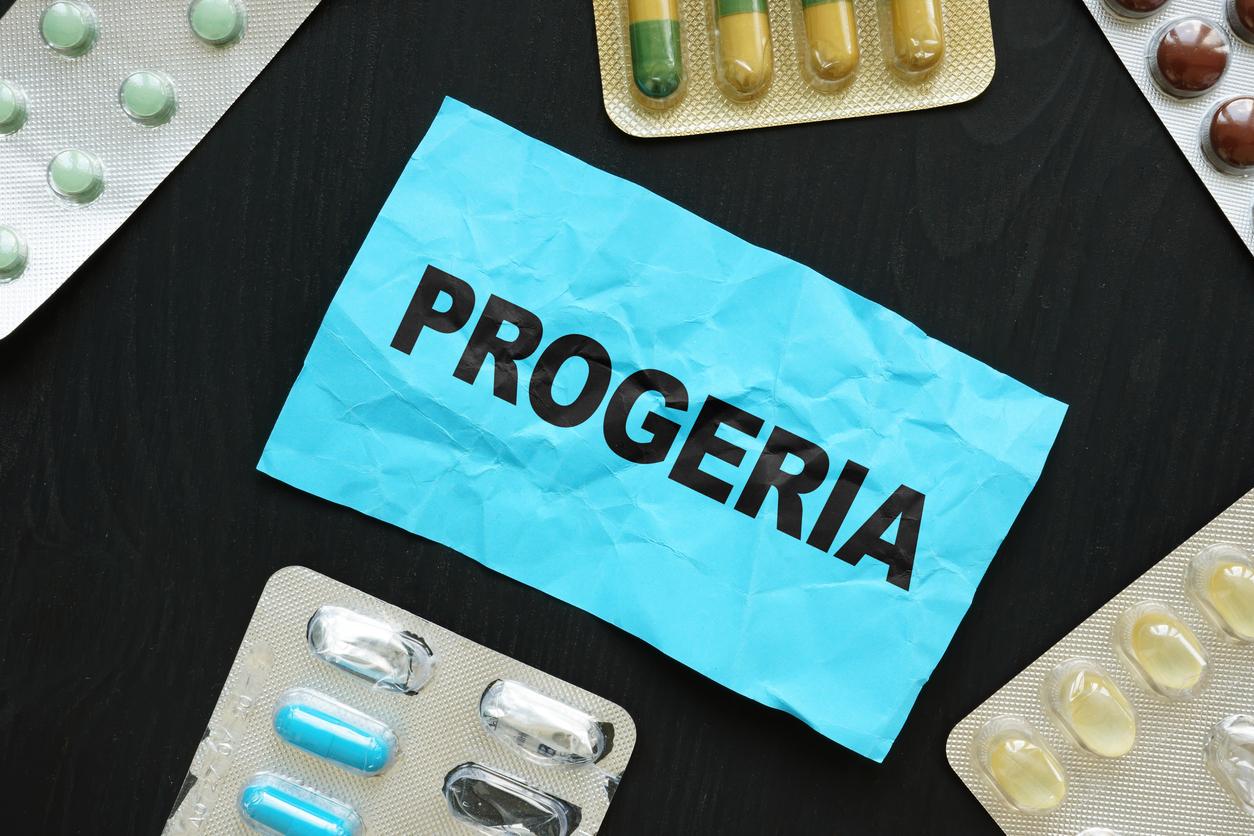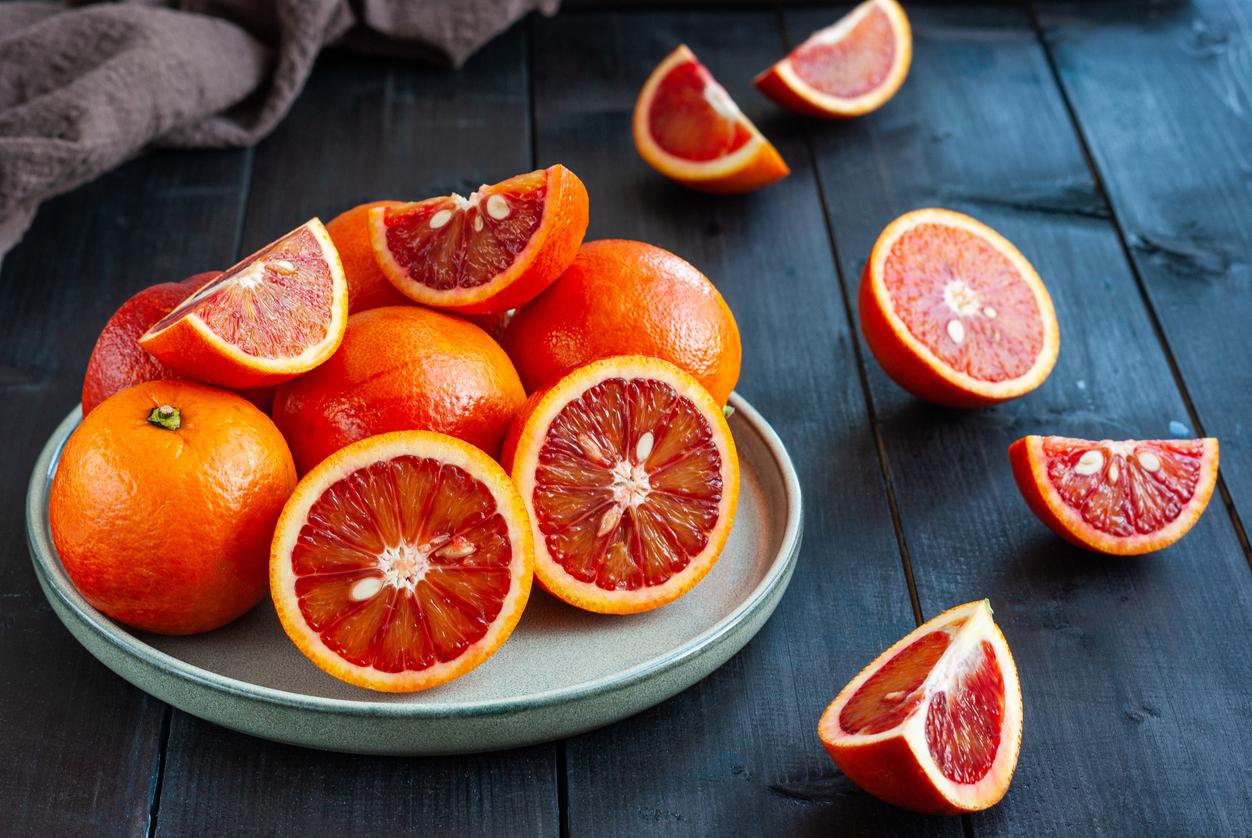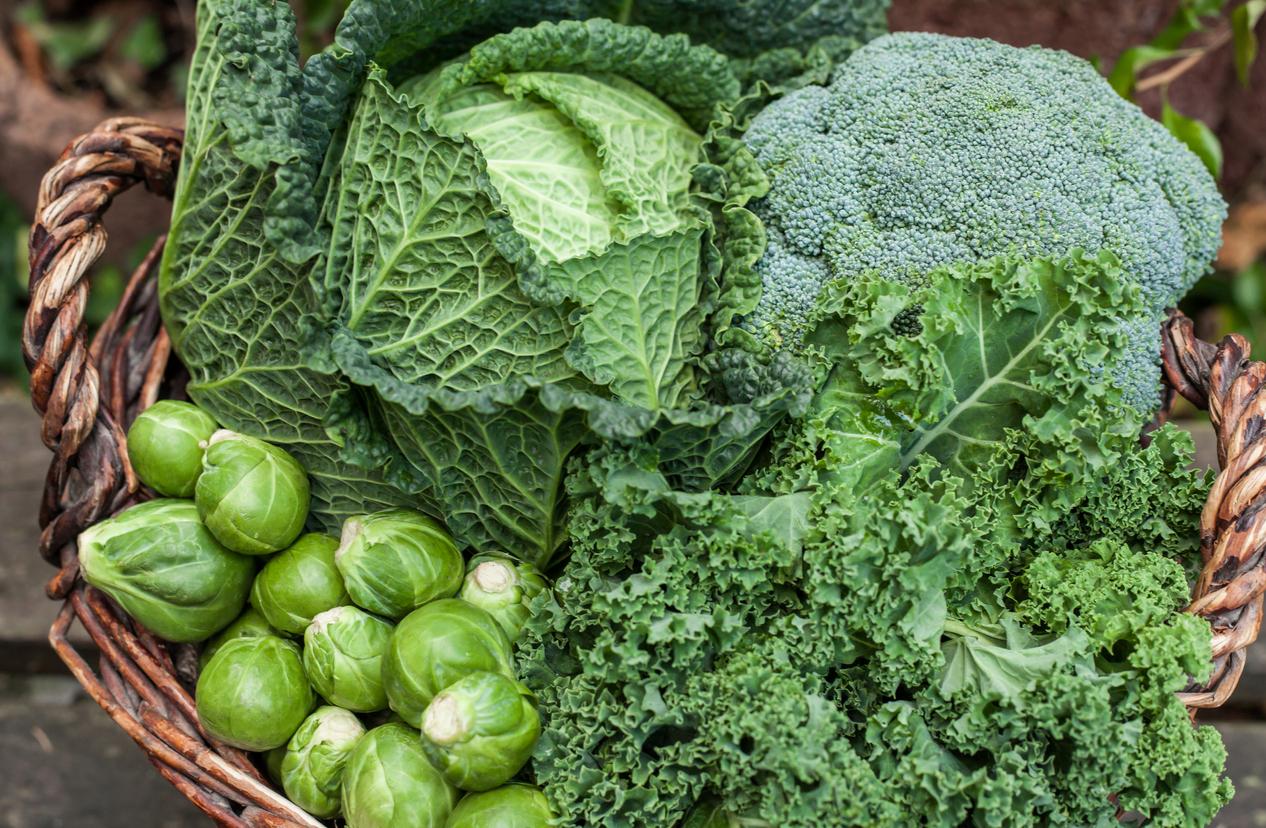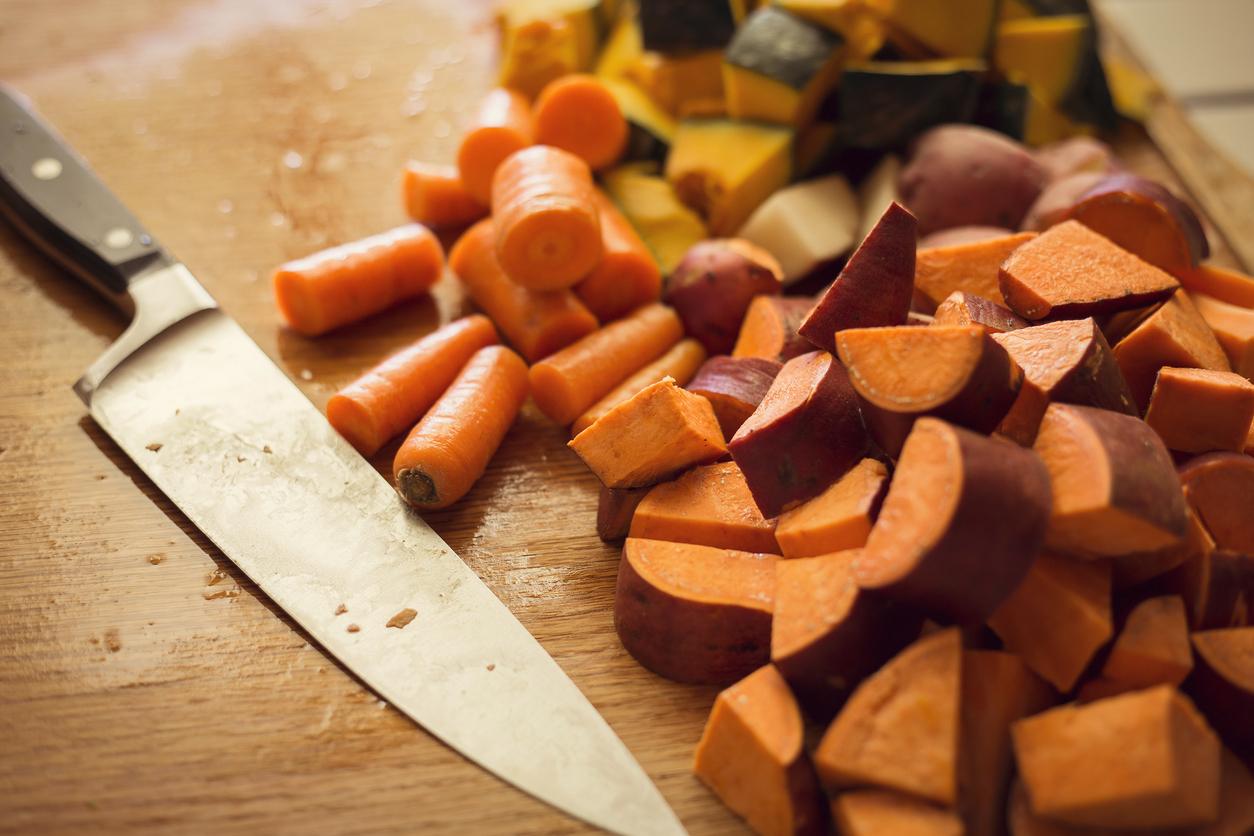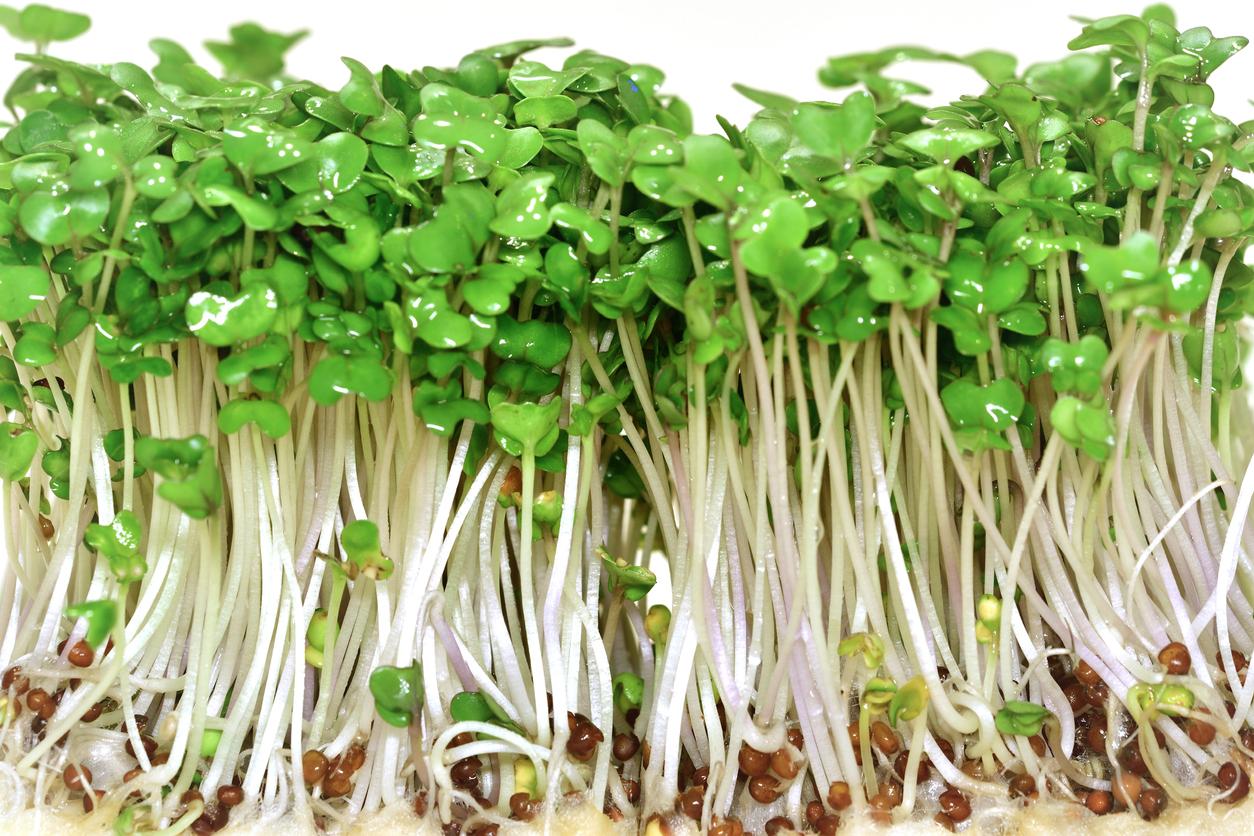Researchers at the University of Granada (Spain) have implemented a new method of calculating the antioxidant activity of foods: the Global Antioxidant Response (GAR in English). This measurement, which simulates gastrointestinal digestion in vitro, takes into account food in its entirety.
“The problem is that the antioxidant activity of the solid fraction (fibers) is not measured, because it is assumed that it is not beneficial, explains José Ángel Rufián-Henares, researcher at the Department of Nutrition at the University of Granada and author of this study. “However, this insoluble fraction arrives in the large intestine, and the intestinal flora can also ferment it to extract even more of the antioxidant substance. We can assess it thanks to our new methodology,” says the researcher.
Thanks to this new calculation method, the scientists were able to analyze orange, mandarin, lemon and grapefruit (natural and bottled). The researchers found that 70% of the antioxidant activity was in the solid fraction (fiber) of fruits and vegetables.
“Antioxidant activity is, on average, ten times stronger than anyone thought until now, and not just for juices, but also for other types of foods analyzed with this methodology,” concludes Professor Rufián-Henares.
Antioxidants are vitamins (A, C, E), minerals (selenium, zinc), carotenoids (lycopene, beta-carotene, etc.) or polyphenols (more than 5,000 varieties), present in certain foods. They are essential for health. They oppose oxidants or free radicals. They make it possible to fight against the aging of cells, to strengthen immunity and to fight against cardiovascular diseases and certain cancers.
To cover all of our antioxidant needs, it is essential to vary our diet and consume green vegetables (rich in lutein and chlorophyll), orange fruits (rich in beta-carotene), and Red fruits rich in lycopene.
Read also:
We stock up on healthy plants
Infographic: foods richest in vitamin C
Antioxidants: 4 recipes with chives




